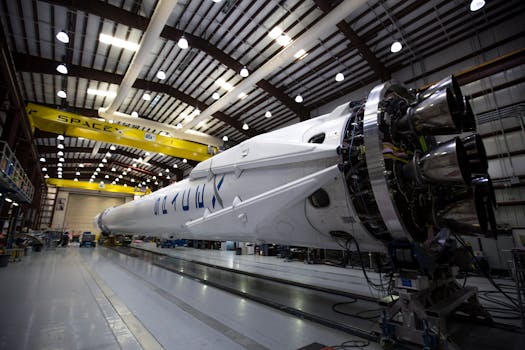Satellite Telecommunications 2023: Key Developments and What They Mean for the Industry

Satellite Telecommunications 2023: Key Developments and What They Mean for the Industry
Satellite Telecommunications 2023 has been a remarkable year for the satellite telecommunications industry, with numerous key developments that are transforming the landscape of the industry. The integration of satellite technology with other technologies, such as 5G and the Internet of Things (IoT), has opened up new opportunities for growth and innovation. In this article, we will delve into the key developments in the satellite telecommunications industry in 2023 and examine their implications for the industry.
The satellite telecommunications industry has experienced significant advancements in technology, with the development of new satellite constellations, such as the Starlink constellation launched by SpaceX, and the advancement of satellite-based broadband services. These developments have enabled the provision of high-speed internet services to remote and underserved areas, bridging the digital divide and fostering economic growth. Furthermore, the increasing use of satellite technology in the provision of 5G services has enhanced the capabilities of wireless networks, enabling faster data transfer rates and lower latency.
The launch of new satellites has also been a significant development in the industry. In 2023, several new satellites were launched, including the OneWeb constellation, which aims to provide global broadband coverage. The launch of these satellites has increased the availability of satellite-based services, enabling more people to access high-speed internet and other satellite-based services. Moreover, the development of new satellite launch vehicles, such as the reusable rockets launched by SpaceX and Blue Origin, has reduced the cost of launching satellites, making it more accessible for companies to launch their own satellites.
Shifting Market Trends
The satellite telecommunications industry has also experienced shifting market trends, with a growing demand for satellite-based services. The increasing use of satellite technology in the provision of 5G services has driven the growth of the industry, with more companies investing in satellite-based infrastructure. Furthermore, the growing demand for high-speed internet services in remote and underserved areas has created new opportunities for satellite telecommunications companies. The industry has also witnessed a significant increase in the adoption of satellite-based services in the maritime and aviation sectors, with the use of satellite technology to provide communication services to ships and aircraft.
The satellite telecommunications industry has also experienced significant advancements in the development of new applications, such as satellite-based Earth observation and navigation. The increasing use of satellite technology in the provision of Earth observation services has enabled the monitoring of climate change, natural disasters, and other environmental phenomena. Moreover, the development of new satellite-based navigation systems, such as the European Union’s Galileo system, has enhanced the capabilities of navigation systems, enabling more accurate and reliable navigation.
Challenges and Opportunities
Despite the significant developments in the satellite telecommunications industry, there are still challenges that need to be addressed. One of the major challenges facing the industry is the issue of space debris, which poses a significant threat to the safety of satellites and other space-based infrastructure. The increasing number of satellites in orbit has created a significant amount of space debris, which can cause collisions and damage to satellites. Moreover, the industry faces significant regulatory challenges, with the need for clear and consistent regulations to govern the use of satellite technology.
However, the satellite telecommunications industry also presents significant opportunities for growth and innovation. The increasing demand for satellite-based services, particularly in the provision of 5G services, has created new opportunities for companies to invest in satellite-based infrastructure. Moreover, the development of new applications, such as satellite-based Earth observation and navigation, has enabled the creation of new products and services. The industry is also witnessing significant advancements in the development of new technologies, such as quantum computing and artificial intelligence, which are expected to transform the industry in the coming years.
Conclusion
In conclusion, the satellite telecommunications industry has witnessed significant developments in 2023, with advancements in technology, new satellite launches, and shifting market trends. The integration of satellite technology with other technologies, such as 5G and the Internet of Things (IoT), has opened up new opportunities for growth and innovation. While the industry faces significant challenges, such as the issue of space debris and regulatory challenges, it also presents significant opportunities for growth and innovation. As the industry continues to evolve, it is likely that we will see significant advancements in the development of new technologies and applications, enabling the creation of new products and services that will transform the industry and beyond.






